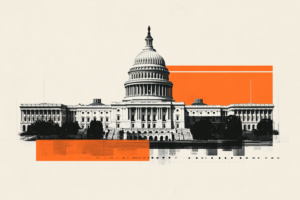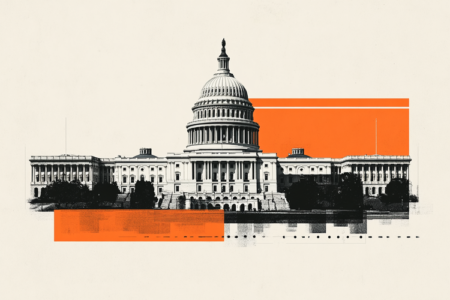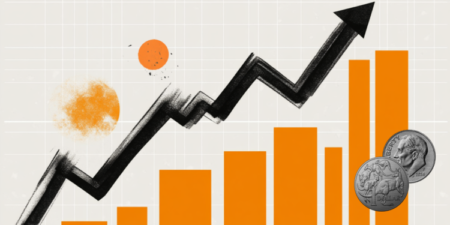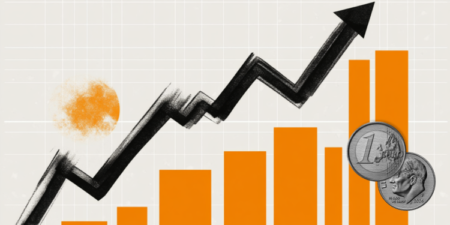- The US Dollar trades flat on Wednesday after two days of losses as the correction aims to continue.
- Markets are trying to measure impact of the 10% levy over Chinese goods President Trump announced on Tuesday.
- The US Dollar Index (DXY) tests the 108.00 mark and is set to head to the lower end of 107.00
The US Dollar Index (DXY), which tracks the Greenback’s value against six major currencies, turns flat just below the 108.00 mark in the European trading session on Wednesday. However, selling pressure persists after US President Donald Trump released more comments on a possible 10% levy on all Chinese imports on Tuesday. Even Europe got targeted, though tariff debates seem still ongoing.
Meanwhile, the US economic calendar is still very light. While Federal Reserve (Fed) officials remain in the blackout period ahead of the January 29 policy decision, traders focused on the Mortgage Bankers Association (MBA) Applications for the week ending January 17 on Wednesday. The previous week’s surge of 33.3% was staggering, to say the least, and traders are intrigued to see if a Trump-effect is also playing out in the mortgage market.
Daily digest market movers: Quickly calming down
- The Mortgage Bankers Association (released on Wednesday its weekly Mortgage survey, which saw a very small 0.1% uptick in applications in the week ending January 17 compared to the previous week’s 33.3% print.
- Equities are tying up with gains on Wednesday. European equities are broadly in the green, while US futures are up near 0.50% on average.
- The CME FedWatch tool projects a 55.7% chance that interest rates will remain unchanged at current levels in the May meeting, suggesting a rate cut in June. Expectations are that the Federal Reserve (Fed) will remain data-dependent with uncertainties that could influence inflation during US President Donald Trump’s term.
- The US 10-year yield is trading around 4.56% on Wednesday and has a long road to recovery if it wants to head back to last week’s peak near 4.75%.
US Dollar Index Technical Analysis:Inflation will be key
The US Dollar Index (DXY) declines further as selling pressure persists. It is not so that tariffs are triggering the US Dollar correction. Instead, it is very unclear and misty communication, where many balloons are left hanging in the air, though nothing concrete has been implemented for now.
If the recovery in the DXY wants to continue its ascent, the pivotal level to gain control of is 109.29 (July 14, 2022, high and rising trendline). Further up, the next big upside level to hit before advancing further remains at 110.79 (September 7, 2022, high). Once beyond there, it is quite a stretch to 113.91, a double top from October 2022.
On the downside, the first area to watch is 107.80-107.90, which held this week’s correction. Further down, the convergence of the high of October 3, 2023, and the 55-day Simple Moving Average (SMA) around 107.40 should act as a double safety feature to catch any falling knives.
US Dollar Index: Daily Chart
Inflation FAQs
Inflation measures the rise in the price of a representative basket of goods and services. Headline inflation is usually expressed as a percentage change on a month-on-month (MoM) and year-on-year (YoY) basis. Core inflation excludes more volatile elements such as food and fuel which can fluctuate because of geopolitical and seasonal factors. Core inflation is the figure economists focus on and is the level targeted by central banks, which are mandated to keep inflation at a manageable level, usually around 2%.
The Consumer Price Index (CPI) measures the change in prices of a basket of goods and services over a period of time. It is usually expressed as a percentage change on a month-on-month (MoM) and year-on-year (YoY) basis. Core CPI is the figure targeted by central banks as it excludes volatile food and fuel inputs. When Core CPI rises above 2% it usually results in higher interest rates and vice versa when it falls below 2%. Since higher interest rates are positive for a currency, higher inflation usually results in a stronger currency. The opposite is true when inflation falls.
Although it may seem counter-intuitive, high inflation in a country pushes up the value of its currency and vice versa for lower inflation. This is because the central bank will normally raise interest rates to combat the higher inflation, which attract more global capital inflows from investors looking for a lucrative place to park their money.
Formerly, Gold was the asset investors turned to in times of high inflation because it preserved its value, and whilst investors will often still buy Gold for its safe-haven properties in times of extreme market turmoil, this is not the case most of the time. This is because when inflation is high, central banks will put up interest rates to combat it. Higher interest rates are negative for Gold because they increase the opportunity-cost of holding Gold vis-a-vis an interest-bearing asset or placing the money in a cash deposit account. On the flipside, lower inflation tends to be positive for Gold as it brings interest rates down, making the bright metal a more viable investment alternative.
Read the full article here
















